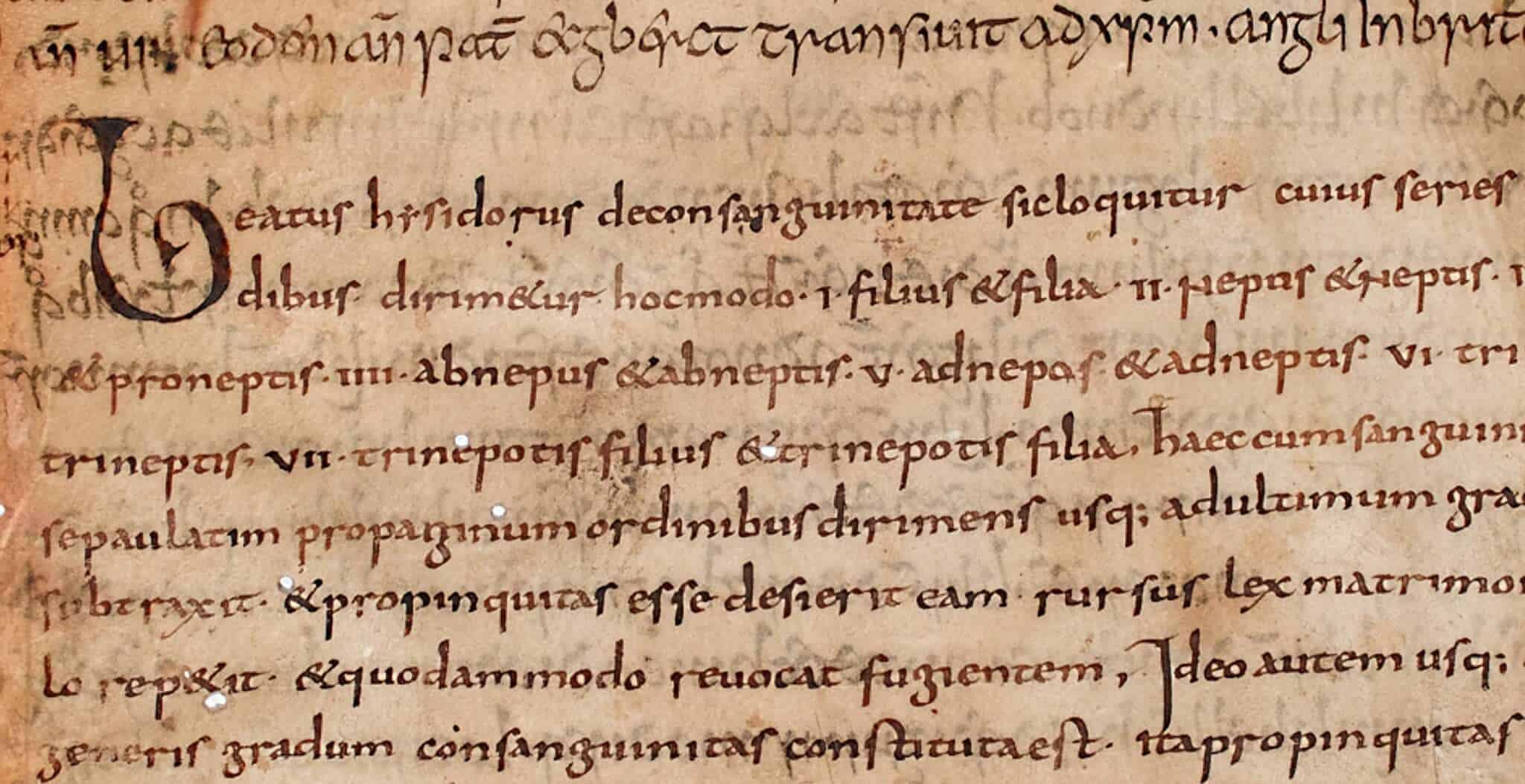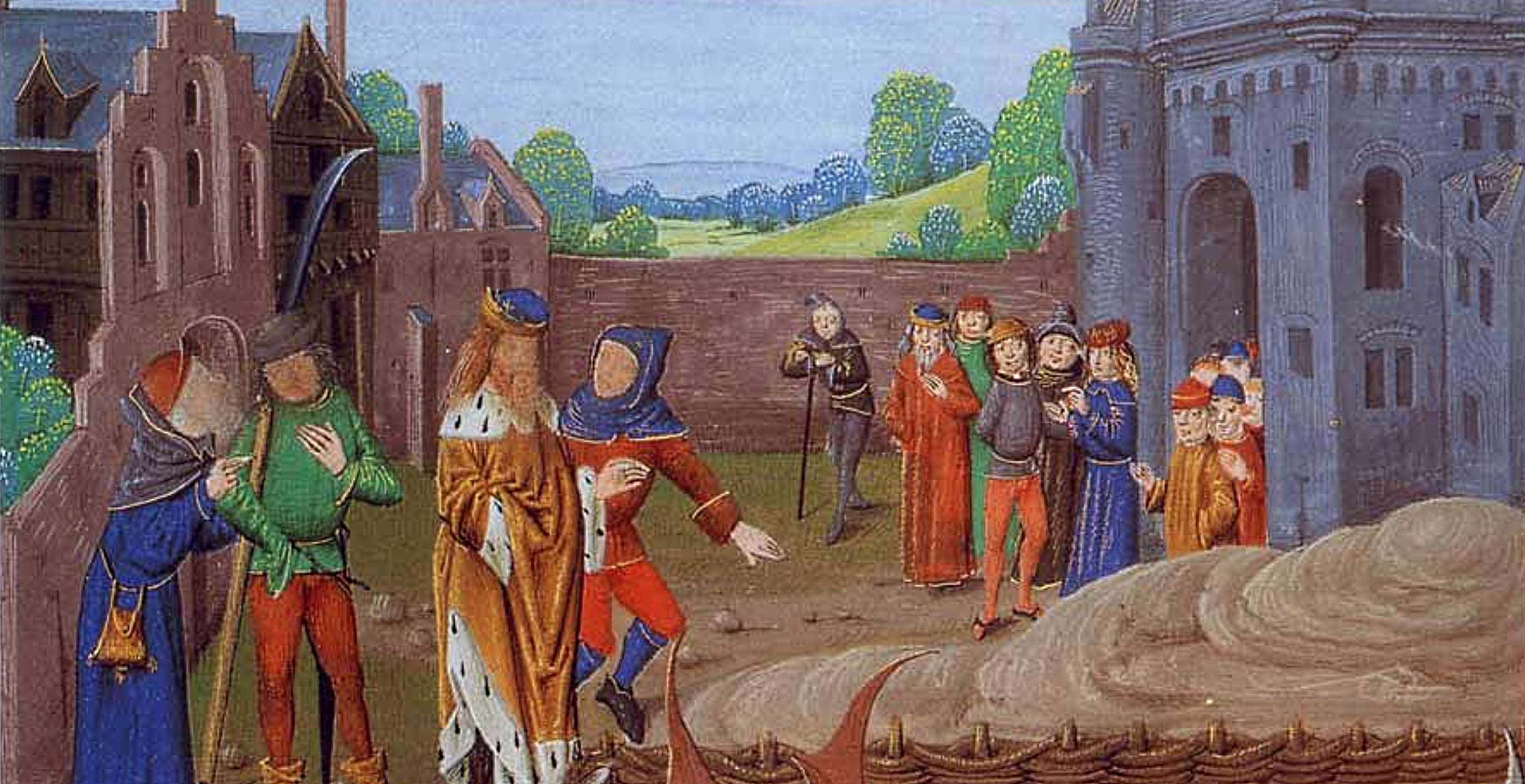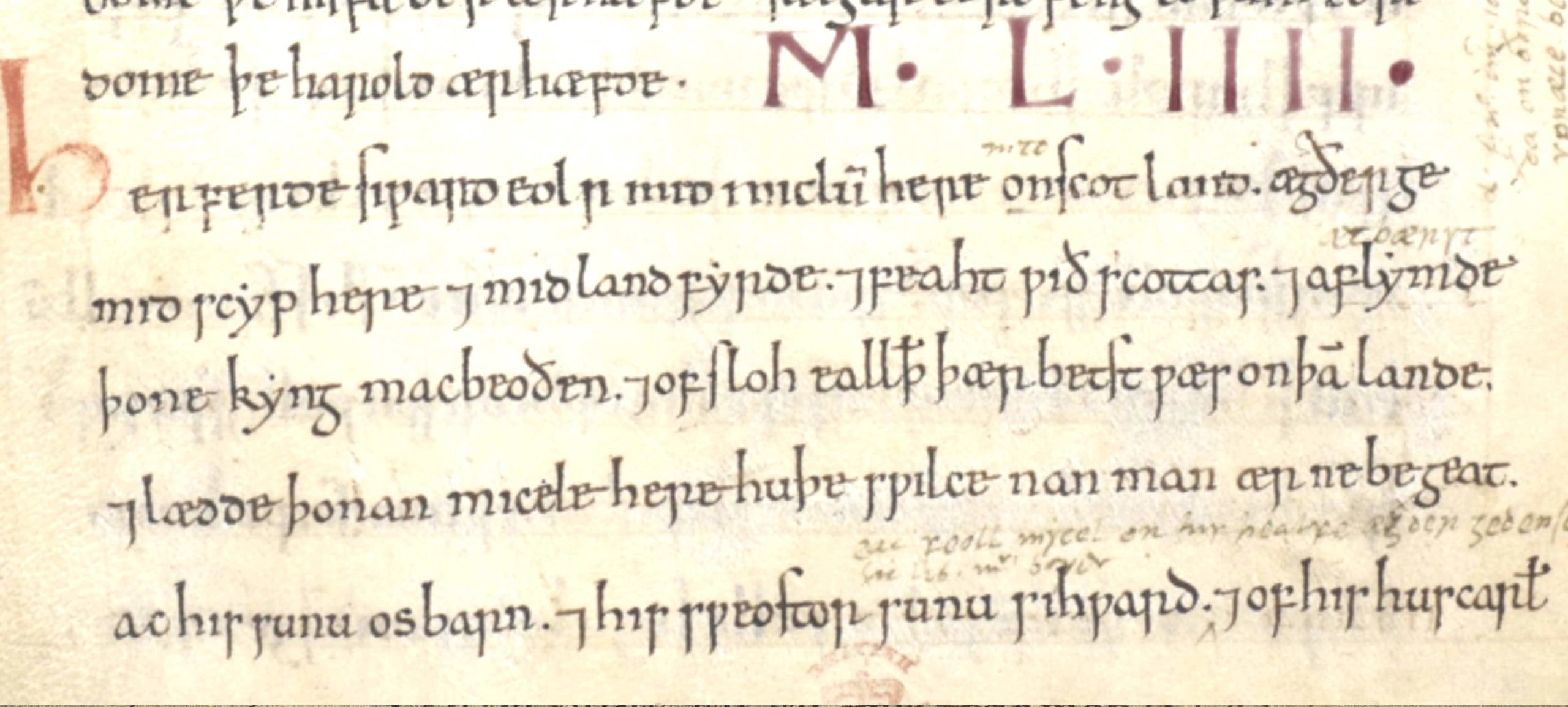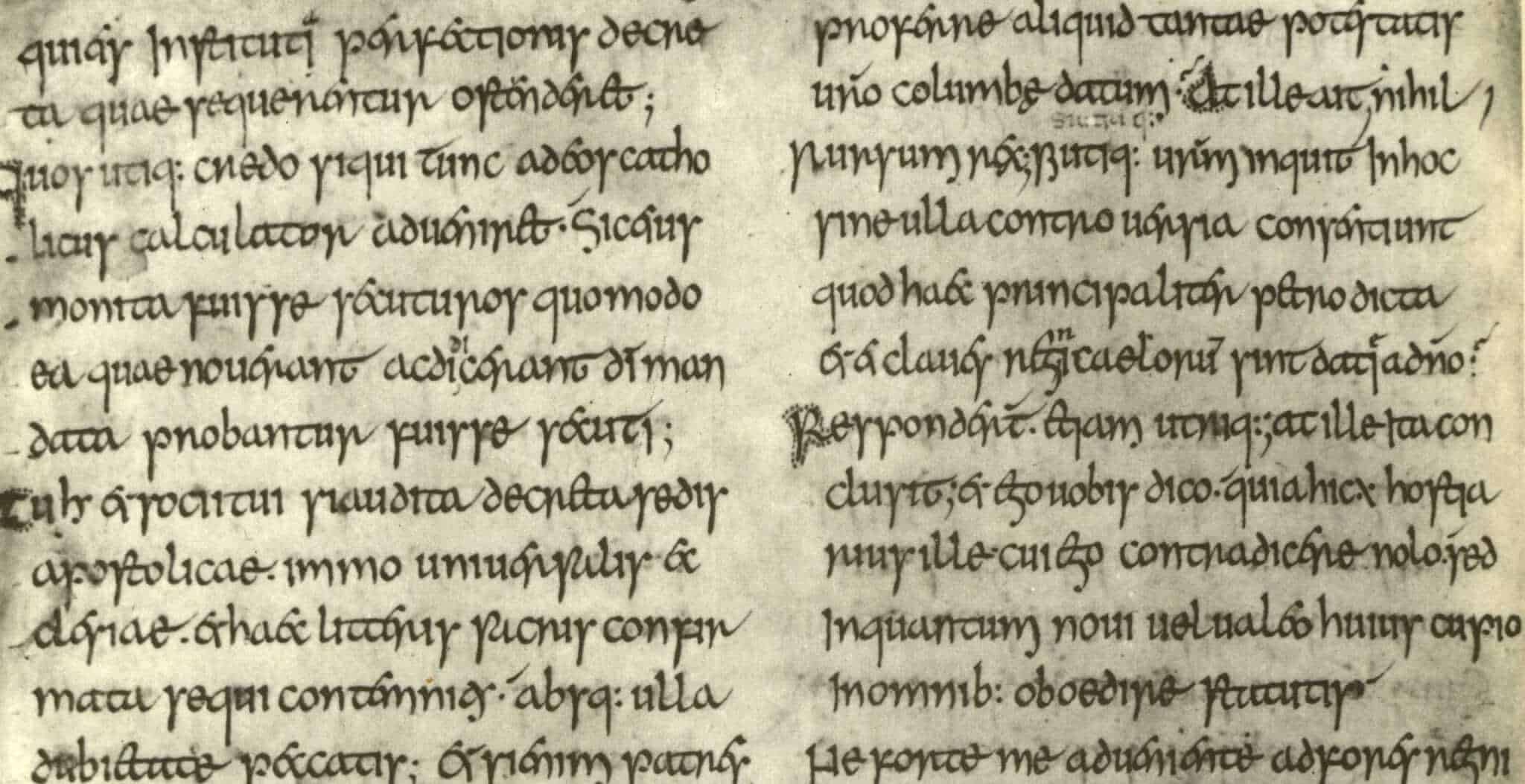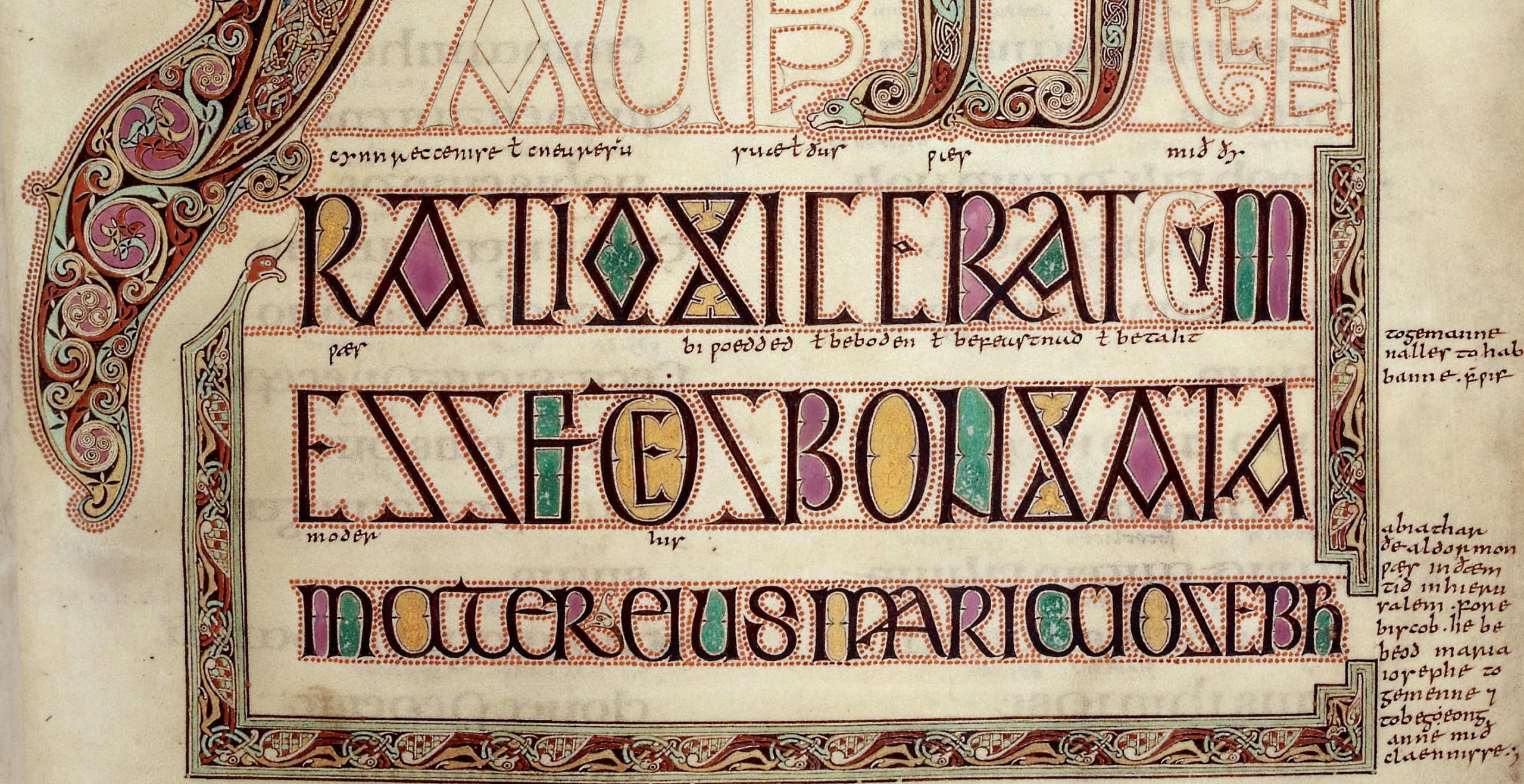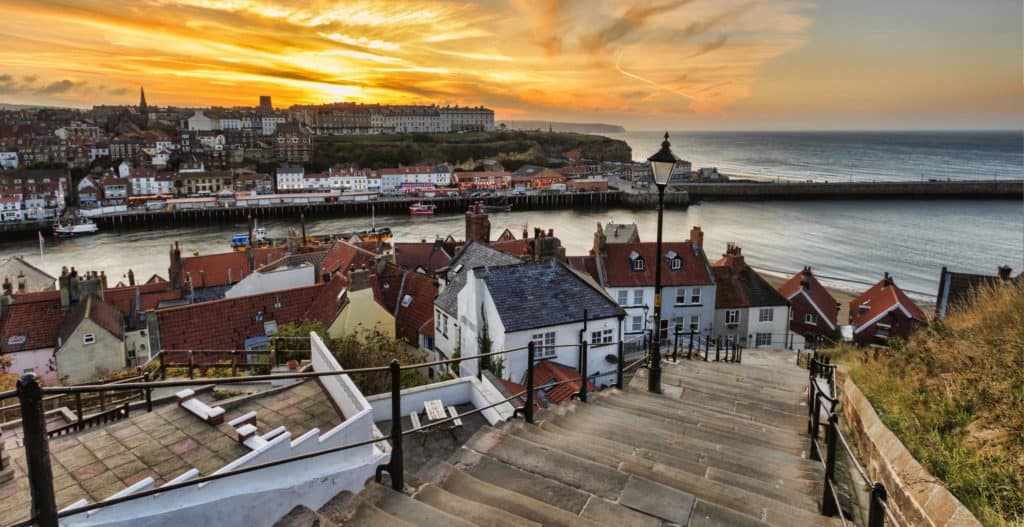Our green and pleasant land has played host to many notable wordsmiths through the centuries. Names like Shakespeare, Chaucer, Wordsworth and Keats automatically spring to mind when we talk about English poetry. But how did this proud tradition begin and who was the ‘first’ English poet? Perhaps surprisingly, the earliest recorded poem in Old English has very humble origins and is credited to a shy and retiring cowherd named Caedmon.
Although Caedmon has been referred to many times in medieval literature, it is the ‘Father of English History’, the Venerable Bede (672 – 26 May 735 AD) who first refers to Cademon in his seminal work of 731AD, Historia ecclesiastica gentis Anglorum (The Ecclesiastical History of the English People). According to Bede, Caedmon tended to the animals which belonged to the Northumbrian monastery of Streonæshalch (later to become Whitby Abbey) during St Hilda’s time as Abbess between 657– 680AD.
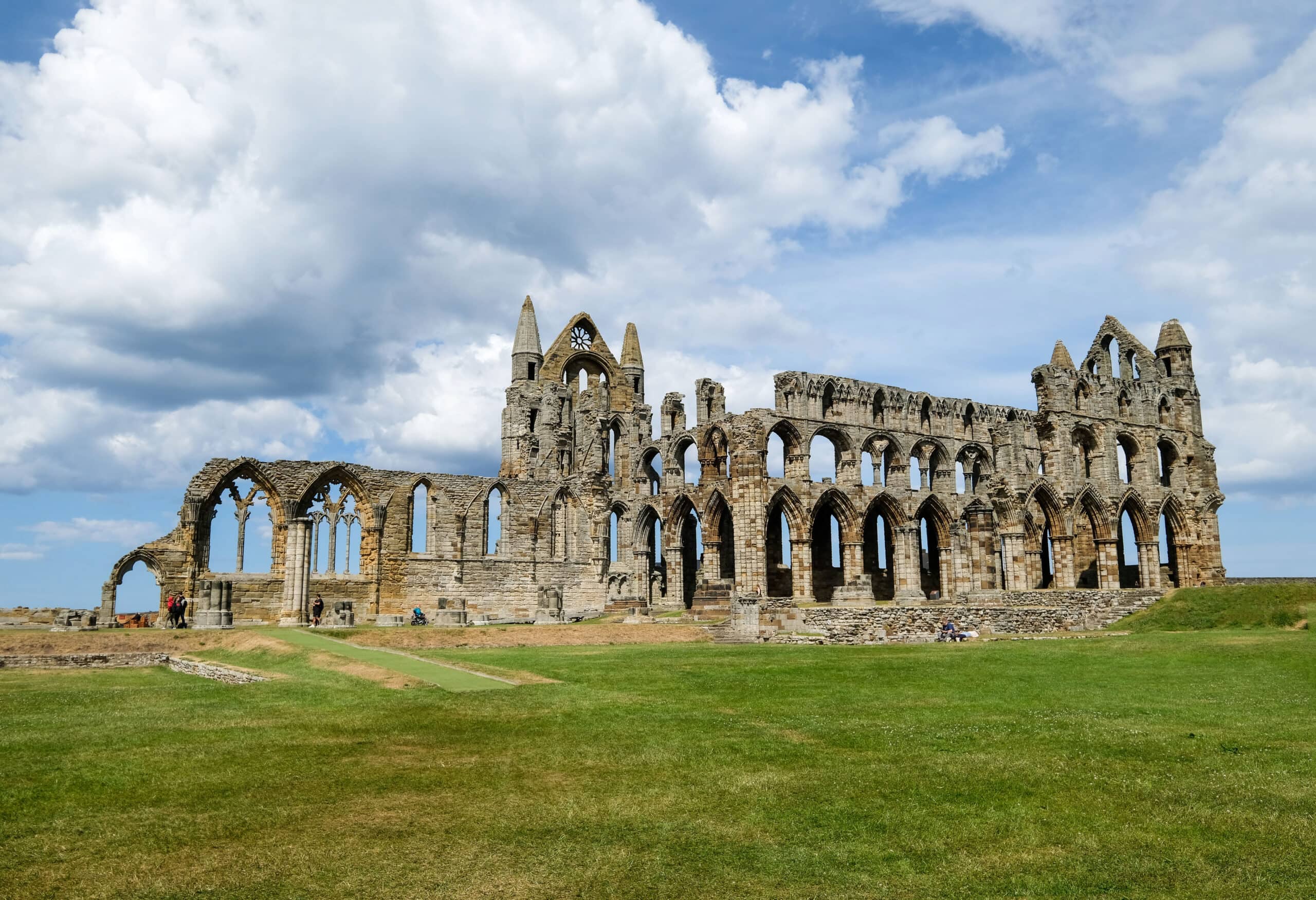
As legend would have it, Caedmon was unable to sing and knew no poetry, quietly departing the mead hall whenever the harp was passed around so that he would not embarrass himself in front of his more literate peers. On one such evening as he fell asleep amongst the animals in his care, Caedmon is said to have dreamt that an apparition appeared before him telling him to sing of the principium creaturarum, or ‘the beginning of created things’. Miraculously, Caedmon suddenly began to sing and the memory of the dream stayed with him, allowing him to recall the holy verses for his master, Hilda and members of her inner circle.
When Caedmon was able to produce more religious poetry it was decided that the gift was a blessing from God. He went on to take his vows and become a monk, learning his scriptures and the history of Christianity from Hilda’s scholars and producing beautiful poetry as he did so.
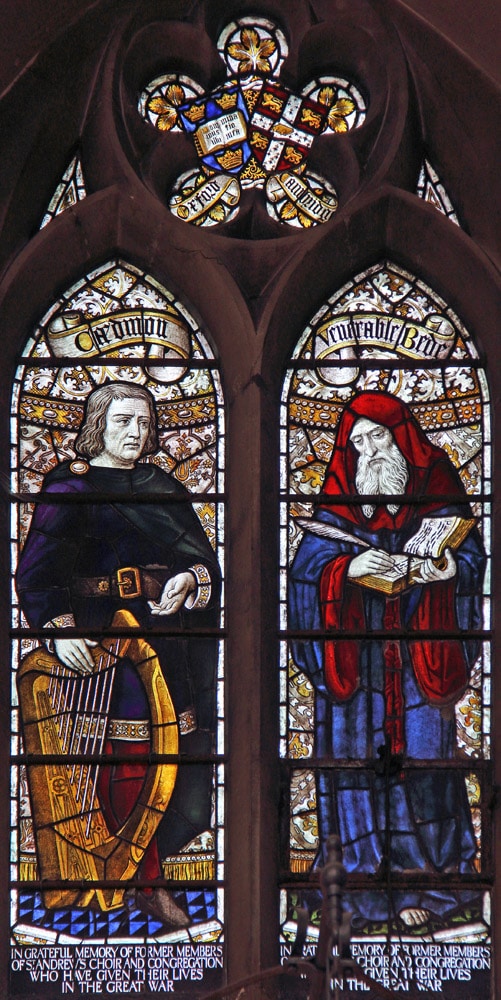
Caedmon remained a devout follower of the Church for the rest of his life and although never formally recognised as a saint, Bede notes that Caedmon was granted a premonition of his death following a short illness – an honour usually reserved for the most holy of God’s followers – allowing him to receive the Eucharist one last time and to arrange for his friends to be with him.
Unfortunately all that remains of Caedmon’s poetry today is the nine line poem known as Cædmon’s Hymn, which Bede includes in his Historia ecclesiastica and is said to be the poem that Caedmon first sang in his dream. Interestingly, Bede chose not to include the Old English version of Cædmon’s Hymn in his original version of the Historia ecclesiastica, but instead the Hymn was written in Latin, presumably to appeal to a world-wide audience who would be unfamiliar with the Anglo-Saxon language. The Hymn appears in Old English in subsequent versions of the Historia ecclesiastica which were translated by the Anglo-Saxons from the eight century onwards.
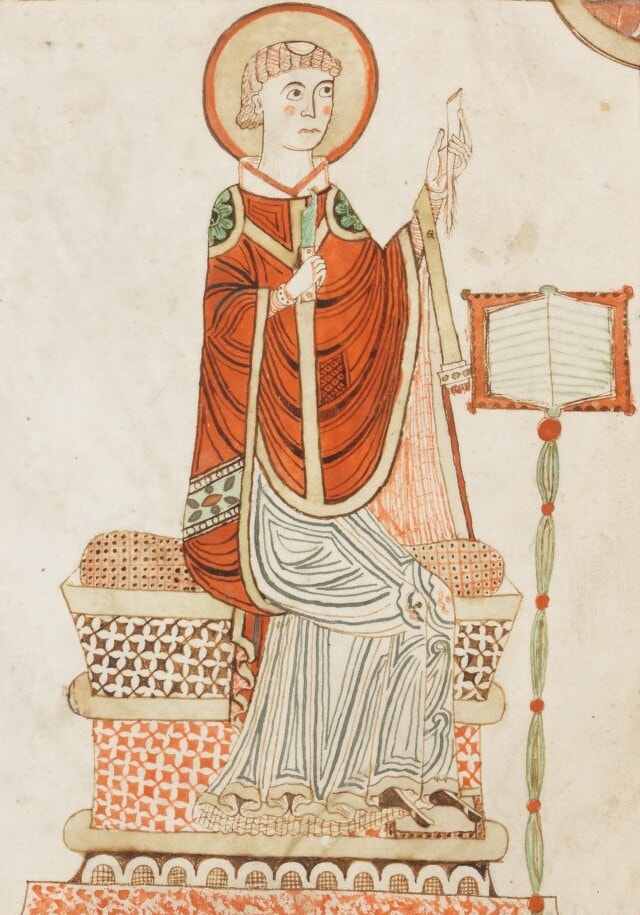
The Venerable Bede talks about Caedmon in Historia Ecclesiastica IV. 24: Quod in monasterio eius fuerit frater, cui donum canendi sit divinitus concessum – ‘How in this monastery there was a brother, to whom the gift of song was divinely given’.
The countless translations and amendments to Bede’s Historia ecclesiastica over the years mean that we cannot know the original words of Caedmon’s Hymn with any certainty, particularly as many of the Old English versions would have been a direct translation from Bede’s Latin – so in effect a translation of a translation. Bede also offers no specific dates for the Hymn, save to say that Caedmon lived at the Streonæshalch monastery during Hilda’s time as Abbess and that Caedmon died around the time of a great fire at Coldingham Abbey, said to have taken place between 679 – 681AD.
Although originally composed to be sung aloud in praise of God, the form and structure of Caedmon’s ‘Hymn’ is actually more akin to a poem than a hymn in the tradition sense. The Hymn is also heavily alliterated and contains a pause mid line, a style favoured by Old English poetry which was itself the result of the oral traditions being designed to be read, rather than spoken or sung.
The fanciful nature of Caedmon’s inspiration for the Hymn has led many historians to doubt the authenticity of Bede’s story. The traditional Anglo-Saxon poetry reserved for the worship of monarchs has also been adapted from the original ‘rices weard’ (keeper of the kingdom) to ‘heofonrices weard’ (keeper of the kingdom of heaven) in Caedmon’s Hymn, suggesting a less divine inspiration. However, whilst it is unlikely that Caedmon’s Hymn was the very first poem to be composed in Old English, it certainly takes its place in history as the earliest surviving poetry of its kind, quite apart from its supposedly miraculous inception.
Caedmon’s Hymn in Old English and its modern translation (excerpt from The Earliest English Poems, Third Edition, Penguin Books, 1991):
‘Nu sculon herigean heofonrices Weard,
Meotodes meahte ond his modgeþanc,
weorc Wuldorfæder; swa he wundra gehwæs
ece Drihten, or onstealde.
He ærest sceop eorðan bearnum
heofon to hrofe, halig Scyppend:
þa middangeard moncynnes Weard,
ece Drihten, æfter teode
firum foldan, Frea ælmihtig.’
Praise now to the keeper of the kingdom of heaven,
the power of the Creator, the profound mind
of the glorious Father, who fashioned the beginning
of every wonder, the eternal Lord.
For the children of men he made first
heaven as a roof, the holy Creator.
Then the Lord of mankind, the everlasting Shepherd,
ordained in the midst as a dwelling place,
Almighty Lord, the earth for men.
Published: 27th March 2015
